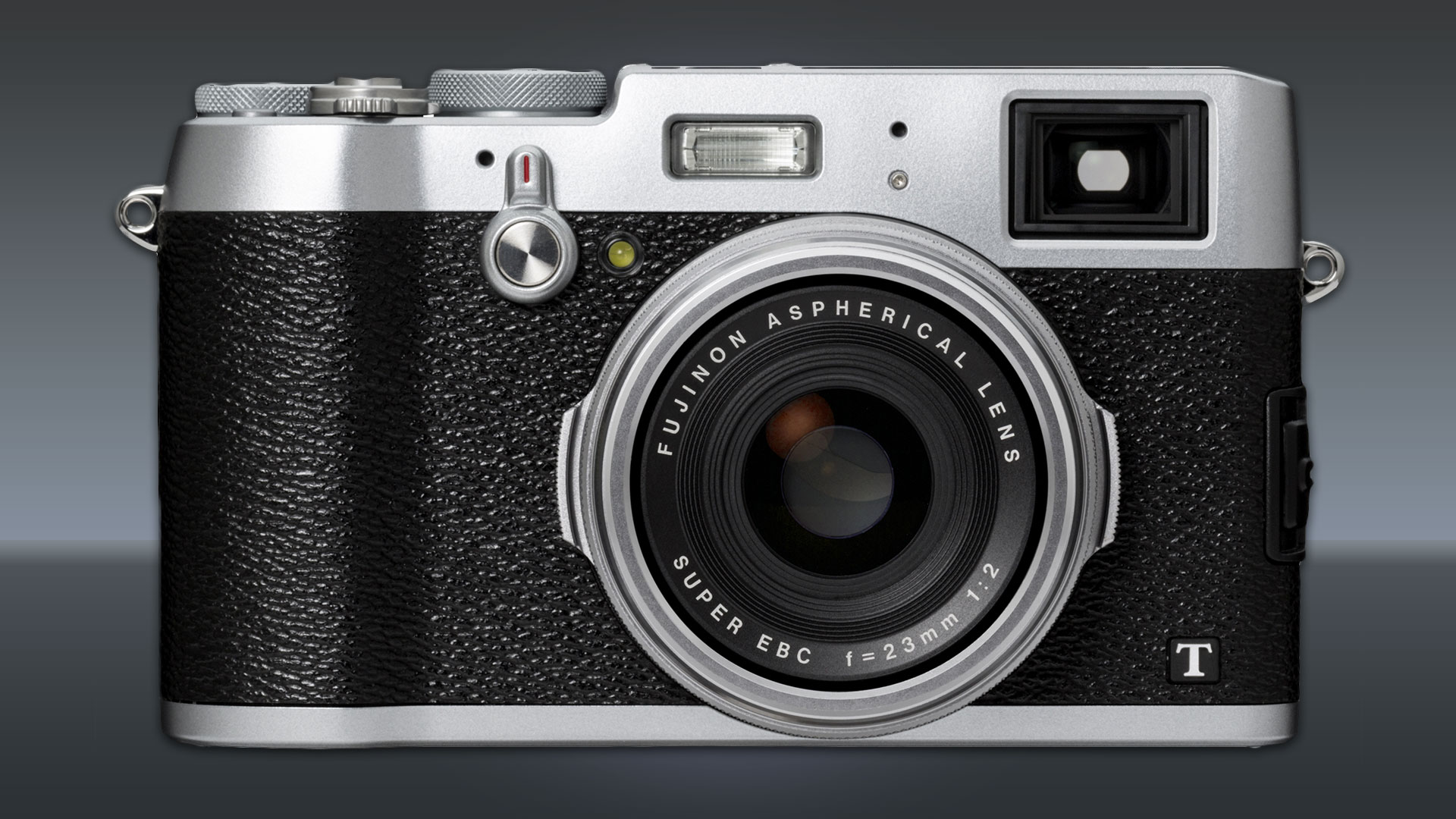Why you can trust TechRadar
Once again, Fuji has produced something which does exactly what it intends to do, and while this is potentially a very niche audience, it works very well for a particular kind of photographer.
Now that the camera is on its third iteration, Fuji has ironed out most of the major quirks and we now have something that excels in both usability and image quality. Using the camera is a joy, and it doesn't take long to fall in love with its retro looks and exposure controls.
The newly customisable buttons and quick menu make it even more practical to use, making it possible to get it to work exactly how you want it to, and remove the unnecessary quick access to any functions that you seldom use.
Fuji has clearly put a lot of thought into how photographers like to use their cameras, and nowhere is this more evident than in the improvements to the viewfinder, with the new digital rangefinder harking back to film cameras of old, or the focus peaking display making it quick and easy to achieve manual focus. The clever addition of a digital view in the corner of the optical viewfinder and the composition lines moving to account for parallax error make using the optical viewfinder more attractive than with previous versions of the camera, where we tended to stick to the electronic version.
Image quality was never in doubt, but it's pleasing to see that detail and colour remain impressive, and those who shoot in low light should be impressed by the lack of noise in high sensitivity shots. Meanwhile, the addition of an electronic shutter means you can shoot wide open in bright light – great for throwing a background out of focus.
We liked
There's a huge amount to like about the X100T, and Fuji has stuck with the all the same factors which made its predecessors so appealing while making some much welcomed improvements which make it an even greater joy to use. The electronic viewfinder is excellent, but people who prefer optical viewfinders should be very pleased by the X100T's hybrid device.
We disliked
If we have to find something to dislike about the X100T – and that's a pretty hard task – it would be the lack of a touch sensitive screen for quickly changing settings, setting autofocus points and flicking through images in playback. It's also a pretty large camera for a compact – there are others on the market (notably the Nikon Coolpix A and the Ricoh GR) which manage to squeeze an APS-C sensor into a smaller body – but then again those cameras just don't look as nice!
Final verdict
Fuji once again smashes the ball out of the park with the X100T. The beautiful, retro design is married with practical and customisable controls which make it great to use – and the image quality really delivers too.
It's not something that can be all things to all people, and there's no getting away from the hefty price tag. If you want something which offers more flexibility, such as different focal lengths, then this isn't the camera for you – the Fuji X30 might be a better choice.
It's still fair to say that the focusing system isn't quite on par with a DSLR, but it works well in the majority of conditions, and it's something you soon learn to work with as you understand its limitations and quirks.
If you already have an X100S, you'll have to consider whether you think the addition of super fast shutter speed, and the improvements to the optical viewfinder make it worth the upgrade, but it's certainly worth considering if you're looking for the ultimate in image quality in your first walk around or back up camera.
Amy has been writing about cameras, photography and associated tech since 2009. Amy was once part of the photography testing team for Future Publishing working across TechRadar, Digital Camera, PhotoPlus, N Photo and Photography Week. For her photography, she has won awards and has been exhibited. She often partakes in unusual projects - including one intense year where she used a different camera every single day. Amy is currently the Features Editor at Amateur Photographer magazine, and in her increasingly little spare time works across a number of high-profile publications including Wired, Stuff, Digital Camera World, Expert Reviews, and just a little off-tangent, PetsRadar.

